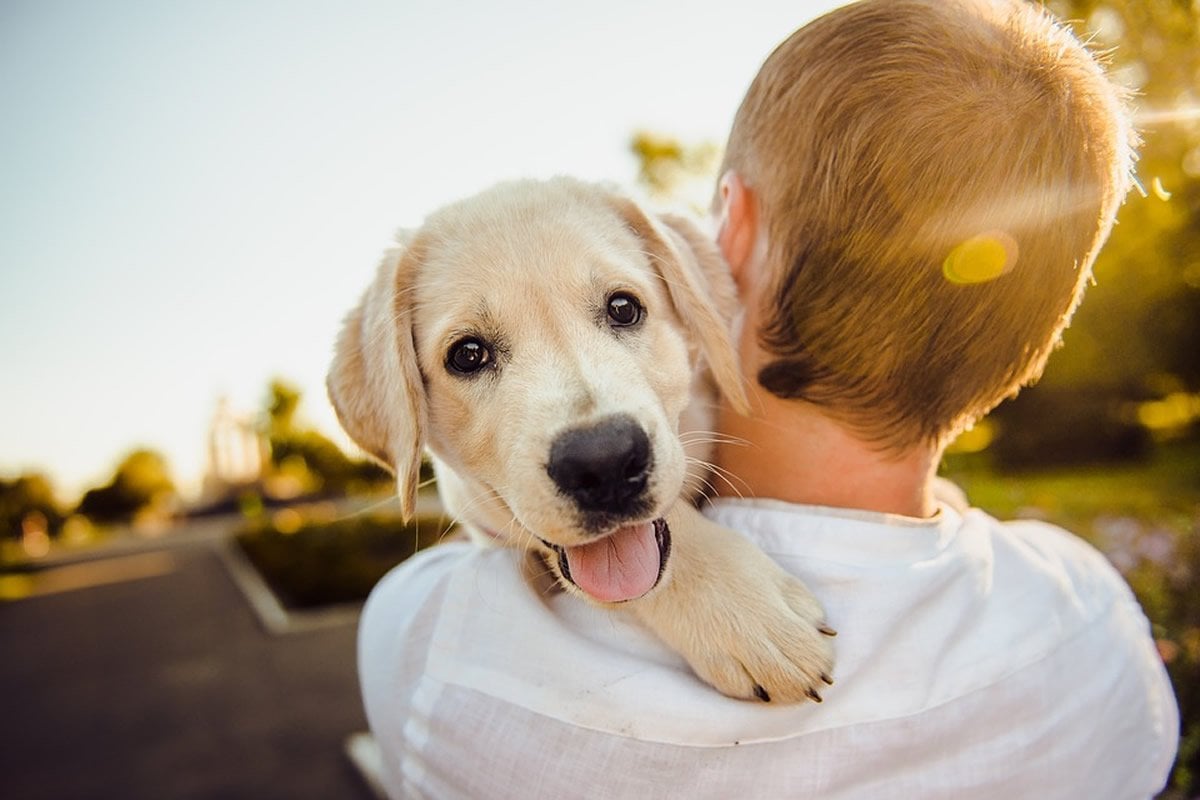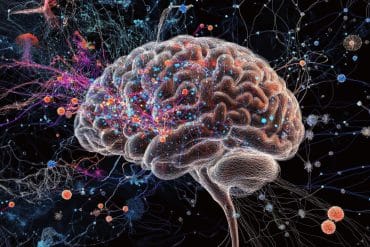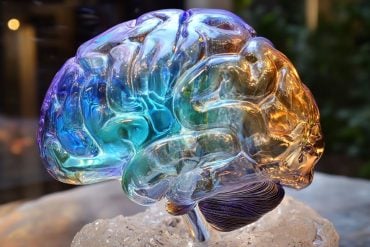Summary: Findings could help animal shelters to improve the pet adoption process and find the perfect pet partner for people.
Source: Indiana University
Psychologists at Indiana University who study how people pick their spouses have turned their attention to another important relationship: choosing a canine companion.
Their work, published in the journal Behavior Research Methods, recently found that, when it comes to puppy love, the heart doesn’t always know what it wants.
The results are based upon data from a working animal shelter and could help improve the pet adoption process.
“What we show in this study is that what people say they want in a dog isn’t always in line with what they choose,” said Samantha Cohen, who led the study as a Ph.D. student in the IU Bloomington College of Arts and Sciences’ Department of Psychological and Brain Sciences. “By focusing on a subset of desired traits, rather than everything a visitor says, I believe we can make animal adoption more efficient and successful.”
As a member of the lab of IU Provost Professor Peter Todd, Cohen conducted the study while also volunteering as an adoption counselor at an animal shelter. Todd is co-author on the study.
“It was my responsibility to match dogs to people based on their preferences, but I often noticed that visitors would ultimately adopt some other dog than my original suggestion,” Cohen said.
“This study provides a reason: Only some desired traits tend to be fulfilled above chance, which means they may have a larger impact on dog selection.”
The researchers categorized dogs based upon 13 traits: age, sex, color, size, purebred status, previous training, nervousness, protectiveness, intelligence, excitability, energy level, playfulness and friendliness. They surveyed the preferences of 1,229 people who visited dogs at an animal shelter, including 145 who decided to make an adoption.
A similar disconnect has been found in research on speed dating led by Todd, who has shown that people’s stated romantic preferences tend not to match the partners they choose.
Although most participants in the dog adoption study listed many traits they preferred — with “friendliness” as the most popular — they ultimately selected dogs most consistent with just a few preferences, like age and playfulness, suggesting that others, like color or purebred status, exerted less influence on decision-making.

There was also another parallel to the world of dating. In short: Looks matter.
“As multiple psychologists have shown in speed-dating experiments, physical attractiveness is very important,” Cohen said. “Most people think they’ve got a handsome or good-looking dog.”
In the article, Cohen outlines some challenges facing aspiring dog-owners:
- Focusing on “the one”: Although adopters often came to the shelter with a vision of the perfect pet, Cohen said many risked missing a good match due to overemphasis on specific physical and personality traits. For example, an adopter who wants an Irish wolfhound because they’re large, loyal and light shedders might fail to consider a non-purebred with the same qualities.
- Mismatched perceptions: Surprisingly, adopters and shelters often used different traits to describe the same dog. These included subjective traits, such as obedience and playfulness, as well as seemingly objective traits, such as color.
- Missed signals: People who have never had a dog may not grasp the implications of certain behaviors. A dog seen as “playful” at the shelter may come across as “destructive” in a small home, for example.
- Performance anxiety: Shelters are high-stress environments for dogs, whose personalities may shift when they’re more relaxed at home. Picking a dog based upon personality at the shelter is akin to choosing a date based on how well they perform while public speaking, Cohen said.
To improve pet adoptions, Cohen said animal shelters need to know that people tend to rely on certain traits more strongly when choosing a dog, which might make it easier to match adopters to dogs. She also suggested shelters consider interventions, such as temporary placement in a calmer environment, to help stressed or under-socialized dogs put their best paw forward, showing their typical level of desirable traits, such as friendliness.
Finally, Cohen advises caution about online adoption, since adopters are dependent upon someone else’s description of the dogs. She suggests users limit their search criteria to their most desired traits to avoid filtering out a good match based upon less important preferences.
Funding: The study was supported in part by an IU Graduate and Professional Student Government Research Award.
Source:
Indiana University
Media Contacts:
Elizabeth Rosdeitcher – Indiana University
Image Source:
The image is in the public domain.
Original Research: Closed access
“Stated and revealed preferences in companion animal choice”. Samantha E. Cohen and Peter M. Todd.
Behavior Research Methods. doi:10.3758/s13428-019-01253-x
Abstract
Stated and revealed preferences in companion animal choice
Humans often say they prefer certain attributes and trait levels and yet choose options inconsistent with those preferences, a phenomenon known as the stated–revealed preference gap. In this article, we compare preferences and choices in the decision to adopt a dog, a social-choice problem that is largely one-sided. We used existing and newly gathered field data about the dog adoption process to study how people make their choices of companion animals and how those choices can be improved. We found that in the real-world choice of dogs within an animal shelter, individuals generally showed a large amount of overlap between their stated preferences and their ratings of the traits of their chosen dog. However, there was little relationship between an adopter’s perceptions of their chosen dog’s behavioral traits and third-party in-shelter behavior evaluations of the same dogs, suggesting that it is difficult to predict which dogs will satisfy an adopter’s preferences. We also tested which commonly collected factors impact how quickly dogs are adopted from animal shelters. Overall, this work provides insight into the process of combining experimentally collected data and big data to elucidate choice behavior.






